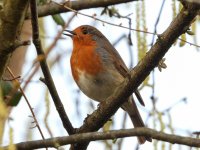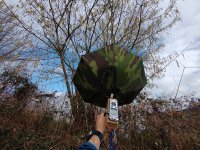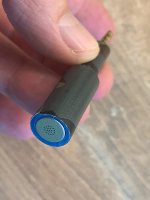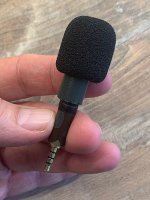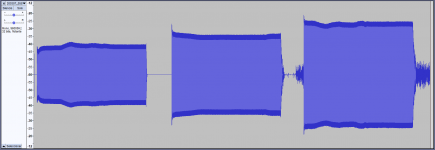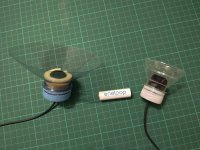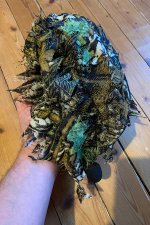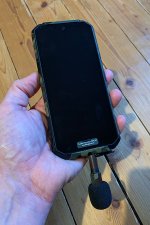Kaixo Vollmeise

I read this here:
https://electronics.stackexchange.c...multiple-electret-microphones-for-better-gain
"
I am a technician at a boutique mic company. I like to build electret mics in my spare time.
You can increase sensitivity, gain, and signal to noise ratio by running multiple electrets in PARALLEL-not series. This works because:
1) each capsule has an onboard JFET. When combining noise from multiple FETs, some of it cancels. Two amps= -3dB, four amps= -6dB of noise reduction [see Small Signal Audio Design by Douglas Self, Routledge 2010].
2) Multiple elements will have lower output impedance, which can mean less noisy makeup gain down the line.
3) More diaphragm area means more sensitivity, which makes sense. It also means less self noise, for reasons that I don't really understand - but that's the principle behind the $3500 Audio Technica AT5047 (FOUR diaphragms!) "
I did some test with 6 microphones in parallel, removing 1 each time to compare. I do not know if I did something wrong because the results were not as expected. I am attaching an image of the results. Left 6 microphones in parallel and removing 1 each time until there is only one, on the right. Conclusion: I only use 1 mic

On the other hand, I did a test with the Olympus LSP1 with its internal mics versus AOM 5024 L HD versus AOM 5024L HD with "battery box".
This test is very easy to do. You can generate the sound with audacity and a speaker: Generate - tone (waveform: sine // Frecuency 500 // Amplitude: 0.2 // Duration 10s)
Then select a part of each sound (graphic in dB) and Audacity => Analize -- Plot spectrum and check the peak decibels.
In my test, (Olympus LSP1 - Gain level 10), Left A, middle B, right C.
A) LSP1 -------------------------------------------------------------------------------> -41.7 dB
B) LSP1 + external microphone PUI AOM 5024L HD -------------------------------> -36.1dB
C) LSP1 + external microphone PUI AOM 5024L HD with "battery box (8.4v) -----> -27.8 dB
The advantage of the battery box, apart from increasing the audio level is that it cleans the low frecuencies pretty well, is very subtle.
Olympus LSP1/4 has PIP also, but the best for the mic is close to 10v :
https://www.puiaudio.com/media/SpecSheet/AOM-5024L-HD-R.pdf
As I have the nikon P1000 and it uses EN-EL20 batteries, I have done all my prototypes with this battery. I go with 5 of them, 1 for the camera, one for the "battery box" of my backpack (recording all the time), one for the "umbrella-parabollic) and two more as backup


 )
)





